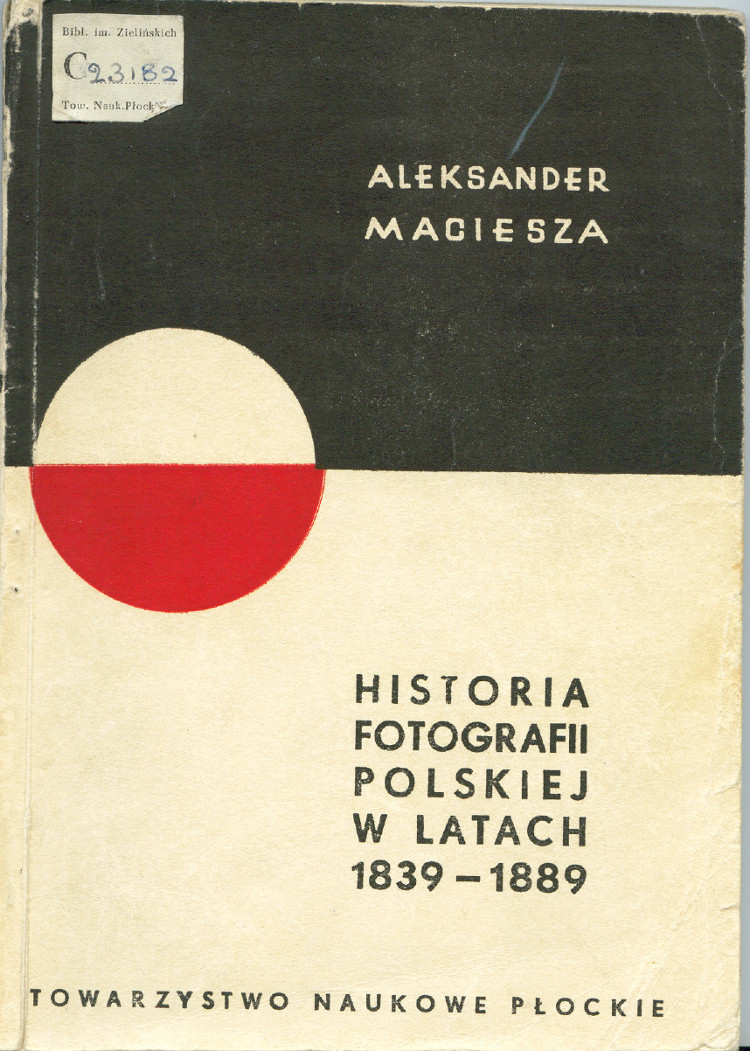Clément Chéroux: Fautographie. Petite histoire de l’erreur photographique (2003) [French]
Filed under book | Tags: · avant-garde, error, history of photography, photography

Si le terme de Fautographie semble remonter à Man Ray, la pratique, elle, sous ses multiples formes, est bien plus ancienne — aussi ancienne que la photographie elle-même. Ratures et ratages, bonnes ou mauvaises surprises, détournements, lapsus et pataquès ont jalonné son histoire, fécondé des avant-gardes, inspiré les concepts les plus sérieux ou les expériences les plus fantaisistes, suscité des débats esthétiques épineux mais passionnants. Car l’accident photographique est aussi délicat à saisir qu’à éviter ou à provoquer (sauf à considérer, avec Ben, qu’« il n’y a pas de photos ratées », ou au contraire qu’elles le sont toutes). À la fois avec sérieux, précision et légèreté, avec une érudition qui puise aussi volontiers dans l’histoire des images que dans la technique des manuels d’amateurs ou les théories de la modernité, Clément Chéroux propose une visite guidée, cohérente, réjouissante et abondamment illustrée de cette petite mais inépuisable maison des erreurs. Chacun, Jourdain qui s’ignore et fait de la photo ratée sans le savoir, pour sûr, s’y sentira un peu chez soi…
Publisher Yellow Now, Crisnée, 2003
ISBN 2873401737
183 pages
Review (Sylvie Aubenas, Etudes Photographiques)
PDF (60 MB, updated on 2015-1-21)
Comment (0)Aleksander Maciesza: Historia fotografii polskiej w latach 1839–1889 (1972) [Polish]
Filed under book | Tags: · history of photography, photography, poland

“W roku 1939 miala być obchodzona uroczyscie setna rocznica fotografii. Towarzysztwo Naukowe Płockie zamierzalo jubileusz ten uczcić opracowaniem i wydaniem pionierskego dzieła pt.: Dzieje fotografii w Polsce. Materiały gromadził i dzieło od szeregu lat opracowywał dr Aleksander Maciesza (1875–1945) – prezes Towarzysztwo Naukowego Płockiego w latach 1907–1945, sam fotografik i znakomity znawca przedmiotu.
Niestety, na przeszkodzie stanął wybuch drugiej wojny światovej. Autor zdążył opracować pierwsze pięćdziesięciolecie (1839–1889). Ale nawet ta niedokończona praca, będąca jednak pierwszym, obszerniejszym przedstawieniem dziejów fotografii w Polsce, zasługuje na wydanie tak ze względu na zawarte w niej materiały, jak i na światło, które rzuca na rozwój kultury polskiej, ściśle związanej najpierw z rozwojem druku, a potem fotografii i pochodzących od niej kina i telewizji.
Kierując się tymi względami, Zarząd Towarzysztwa Naukowego Płockiego zdecydował się wydać prace prezesa Aleksandra Macieszy w tej postaci w jakiej – ze wględów technicznych i innych jest to możliwe, mając na uwadze, że znajdą się autorzy, którzy rozpoczętą historię fotografii polskiej doprowadza do czasów najnowszych.” (from the Introduction)
Publisher Towarzystwo Naukowe Płockie, Plock, 1972
83 pages
PDF (no OCR)
Comment (0)Friedrich Kittler: Optical Media: Berlin Lectures 1999 (2002–)
Filed under book | Tags: · art, art history, computer art, computing, film, film history, history of photography, image, media archeology, painting, philosophy, photography, technology

“This major new book provides a concise history of optical media from Renaissance linear perspective to late twentieth-century computer graphics. Kittler begins by looking at European painting since the Renaissance in order to discern the principles according to which modern optical perception was organized. He also discusses the development of various mechanical devices, such as the camera obscura and the laterna magica, which were closely connected to the printing press and which played a pivotal role in the media war between the Reformation and the Counter-Reformation.
After examining this history, Kittler then addresses the ways in which images were first stored and made to move, through the development of photography and film. He discusses the competitive relationship between photography and painting as well as between film and theater, as innovations like the Baroque proscenium or “picture-frame” stage evolved from elements that would later constitute cinema. The central question, however, is the impact of film on the ancient monopoly of writing, as it not only provoked new forms of competition for novelists but also fundamentally altered the status of books. In the final section, Kittler examines the development of electrical telecommunications and electronic image processing from television to computer simulations.
In short, this book provides a comprehensive introduction to the history of image production that is indispensable for anyone wishing to understand the prevailing audiovisual conditions of contemporary culture.”
Publisher Merve, Berlin, 2002
Internationaler Merve Diskurs series, 250
ISBN 3883961833, 9783883961835
331 pages
English edition
Translated by Anthony Enns
With an introduction by John Durham Peters
Publisher Polity, 2009
ISBN 0745640915, 9780745640914
vi+250 pages
Reviews: Anthony Enns (Electronic Book Review 2004), Nicholas Gane and Hannes Hansen-Magnusson (Theory Culture Society 2006), Kiss (2006, HU), Bohár (HU), Jussi Parikka (2011).
Publisher (DE)
Publisher (EN)
Worldcat (DE)
Worldcat (EN)
Optische Medien. Berliner Vorlesung 1999 (German, 2002, added on 2016-8-13, removed on 2017-8-10 upon request from publisher – read first two chapters)
Optical Media: Berlin Lectures 1999 (English, trans. Anthony Enns, 2009)

